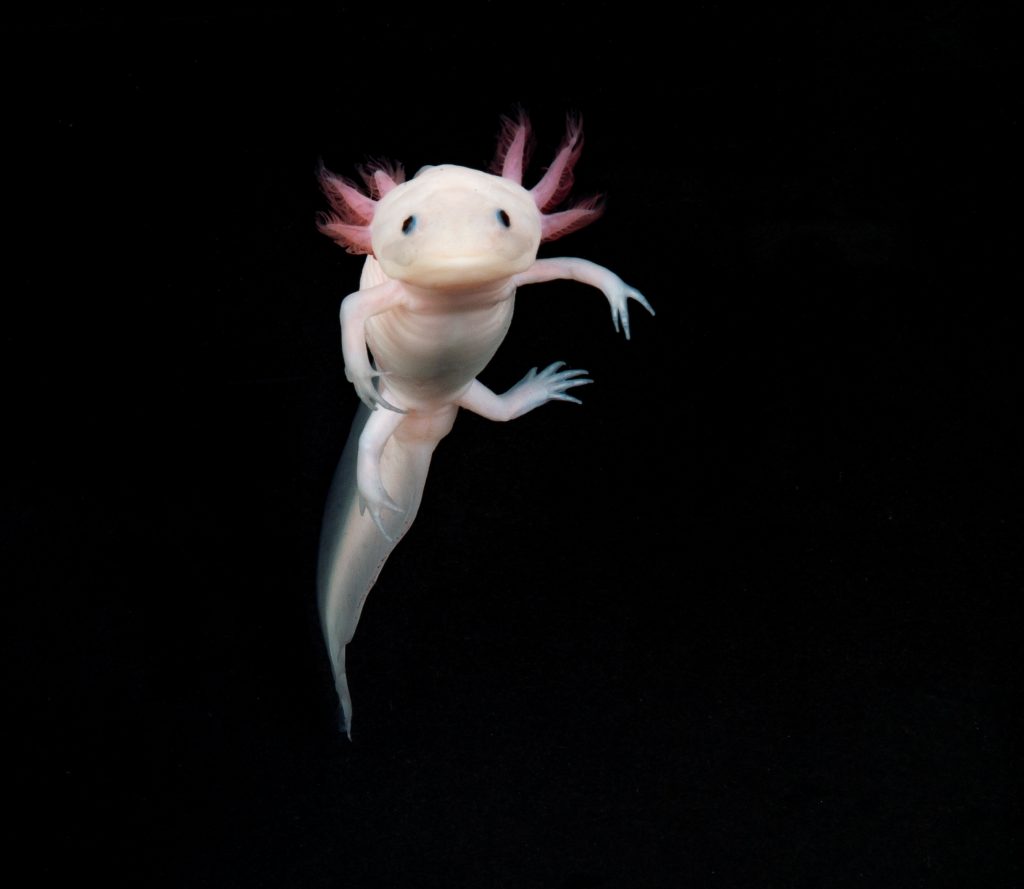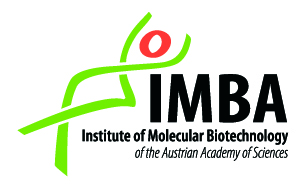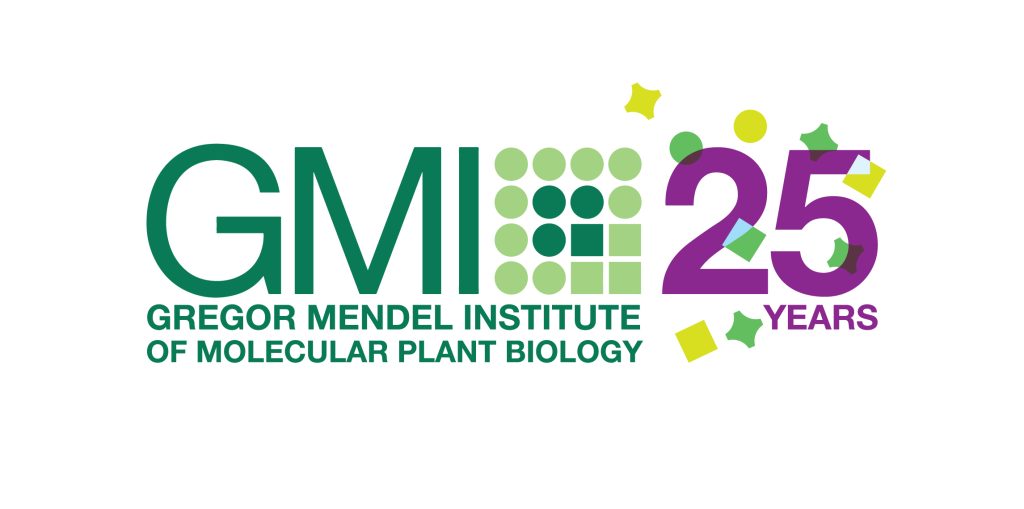Instagram-worthy species glamour at the Ball of Sciences. Beyond its significance for research, the subject holds a unique aesthetic allure that will be magnified on the evening of the ball.

 The natural history collections of the Natural History Museum Vienna (NHM) are far more than mere exhibits. They are fragile time capsules, living laboratories, and places where the past, present, and future intertwine. With over 30 million objects, the NHM is a true archive of biodiversity and a source of inspiration for science and society. Here, nature is systematically recorded, its diversity documented, and the molecular signature of life deciphered. Every stone, every display case, and every specimen tells a story of the interplay between nature, science, and humanity.
The natural history collections of the Natural History Museum Vienna (NHM) are far more than mere exhibits. They are fragile time capsules, living laboratories, and places where the past, present, and future intertwine. With over 30 million objects, the NHM is a true archive of biodiversity and a source of inspiration for science and society. Here, nature is systematically recorded, its diversity documented, and the molecular signature of life deciphered. Every stone, every display case, and every specimen tells a story of the interplay between nature, science, and humanity.
 Starting in 2025, the NHM will unveil a newly designed herpetological exhibit, featuring a creature that seems almost otherworldly: the axolotl, Ambystoma mexicanum. This extraordinary salamander, once native to the lakes of Mexico, fascinates with its unique ability for complete regeneration. Whether limbs, organs, or even parts of the brain – the axolotl pushes the boundaries of what we expect from living beings. With a lifespan of up to 25 years and a length of up to 40 centimeter, it has become a symbol of modern regeneration research. Elly Tanaka, scientific director at Vienna’s IMBA, is one of the leading experts in this field. She deciphers the genetic and cellular mechanisms behind the “miracle of the axolotl,” paving the way for potential medical breakthroughs – from healing severe injuries to regenerating entire organs.
Starting in 2025, the NHM will unveil a newly designed herpetological exhibit, featuring a creature that seems almost otherworldly: the axolotl, Ambystoma mexicanum. This extraordinary salamander, once native to the lakes of Mexico, fascinates with its unique ability for complete regeneration. Whether limbs, organs, or even parts of the brain – the axolotl pushes the boundaries of what we expect from living beings. With a lifespan of up to 25 years and a length of up to 40 centimeter, it has become a symbol of modern regeneration research. Elly Tanaka, scientific director at Vienna’s IMBA, is one of the leading experts in this field. She deciphers the genetic and cellular mechanisms behind the “miracle of the axolotl,” paving the way for potential medical breakthroughs – from healing severe injuries to regenerating entire organs.
 But the axolotl is not alone. Another highlight of the new exhibition is the bright yellow Phyllobates terribilis, also known as the most poisonous of all poison dart frogs. Its highly effective toxin, which can even be fatal to humans, holds great potential in research, particularly for new pain therapies. An inconspicuous protagonist will also find its place among these exotic animals: the liverwort, Marchantia polymorpha. Unspectacular at first glance, it nevertheless offers insights into the evolution of plants. Researchers at the GMI use the liverwort to answer fundamental questions in cell and developmental biology. How does a microscopically small spore develop into a complex plant? And how has the DNA packaging, the chromatin, changed in the course of evolution? These questions could provide answers that are also important for medicine and cancer research.
But the axolotl is not alone. Another highlight of the new exhibition is the bright yellow Phyllobates terribilis, also known as the most poisonous of all poison dart frogs. Its highly effective toxin, which can even be fatal to humans, holds great potential in research, particularly for new pain therapies. An inconspicuous protagonist will also find its place among these exotic animals: the liverwort, Marchantia polymorpha. Unspectacular at first glance, it nevertheless offers insights into the evolution of plants. Researchers at the GMI use the liverwort to answer fundamental questions in cell and developmental biology. How does a microscopically small spore develop into a complex plant? And how has the DNA packaging, the chromatin, changed in the course of evolution? These questions could provide answers that are also important for medicine and cancer research.
Axolotl, poison dart frog, and liverwort – three organisms that embody the harmony of biodiversity, taxonomy, and modern science. All three will be featured on a selfie wall at the Ball of Sciences 2025. Photos can be shared under the hashtag #NameItToSaveIt, underscoring the message: Only what we name and understand can we preserve.